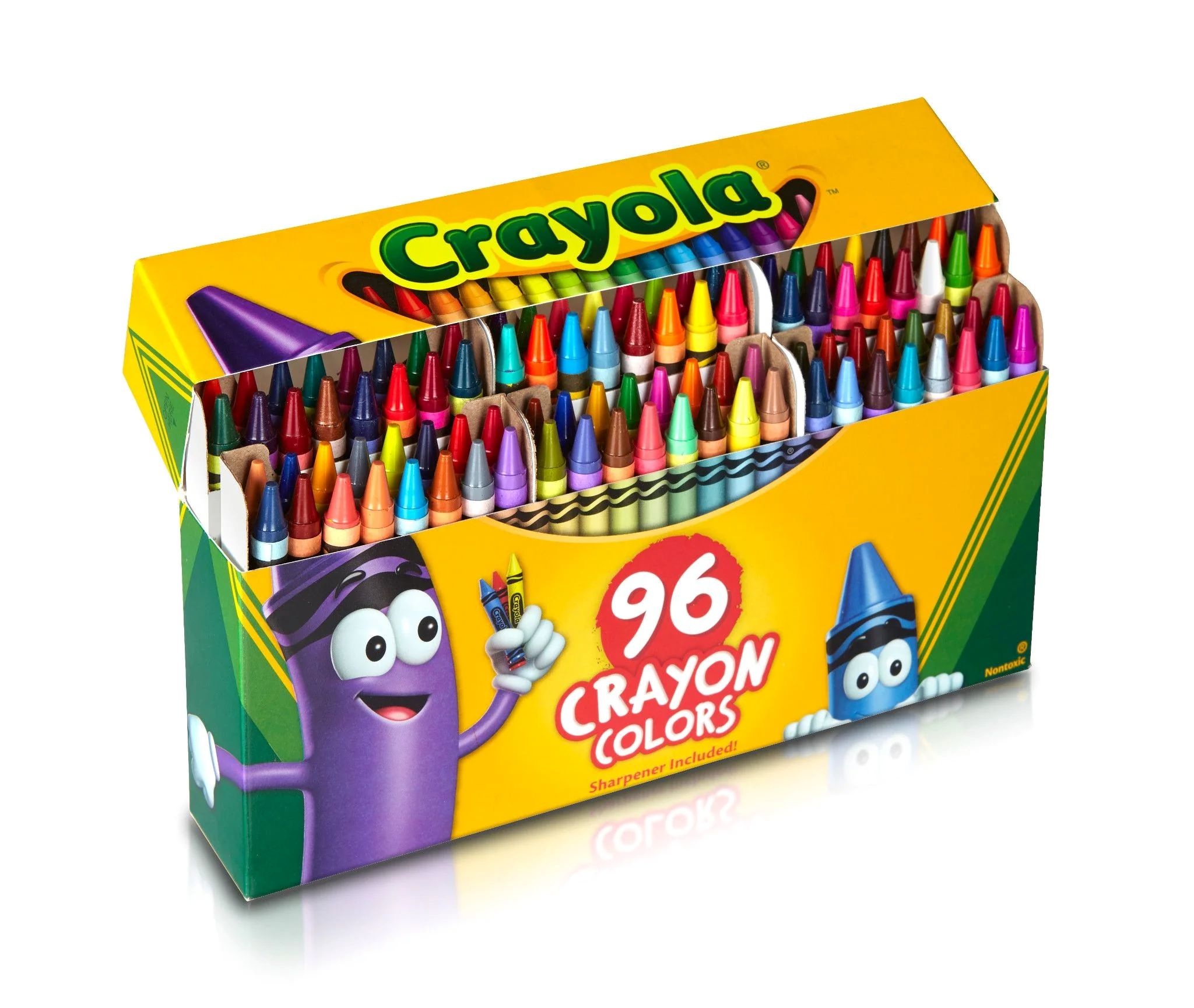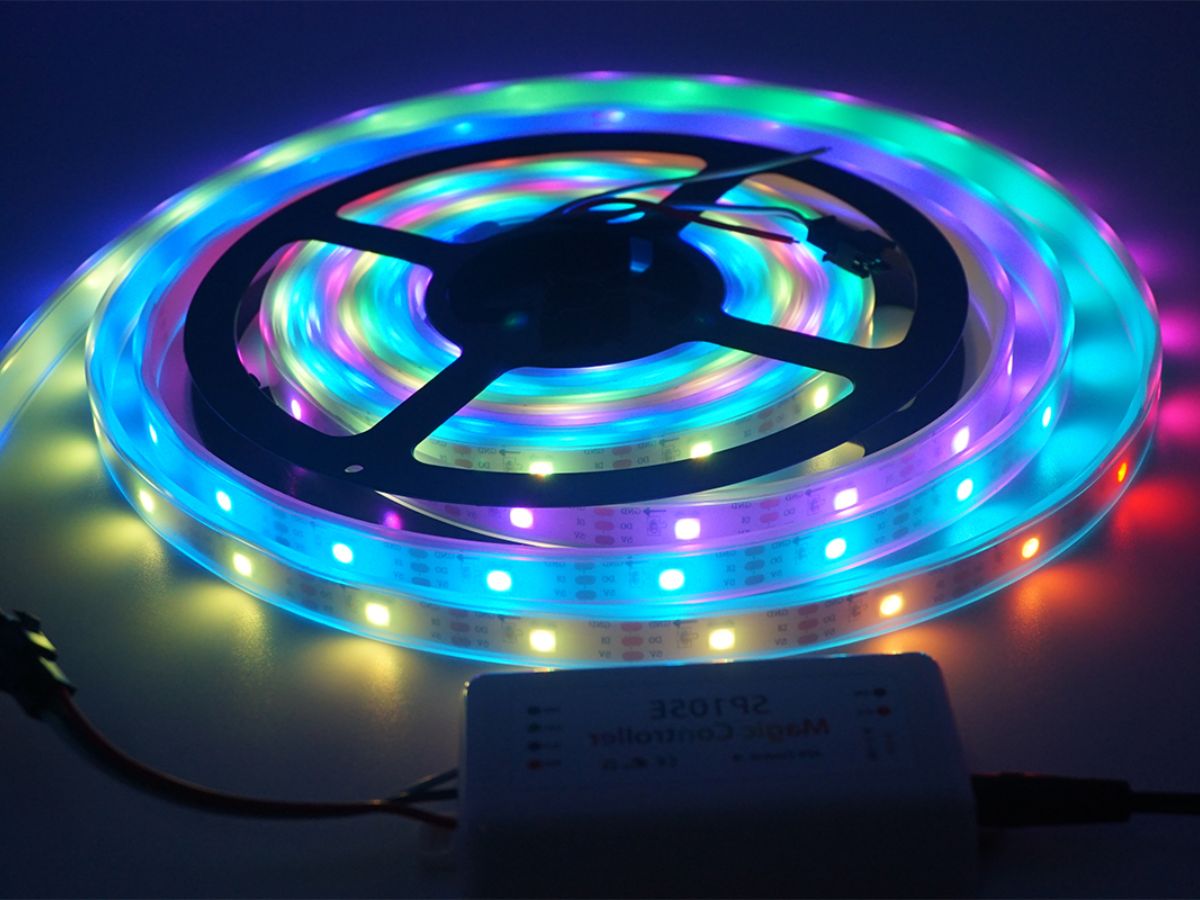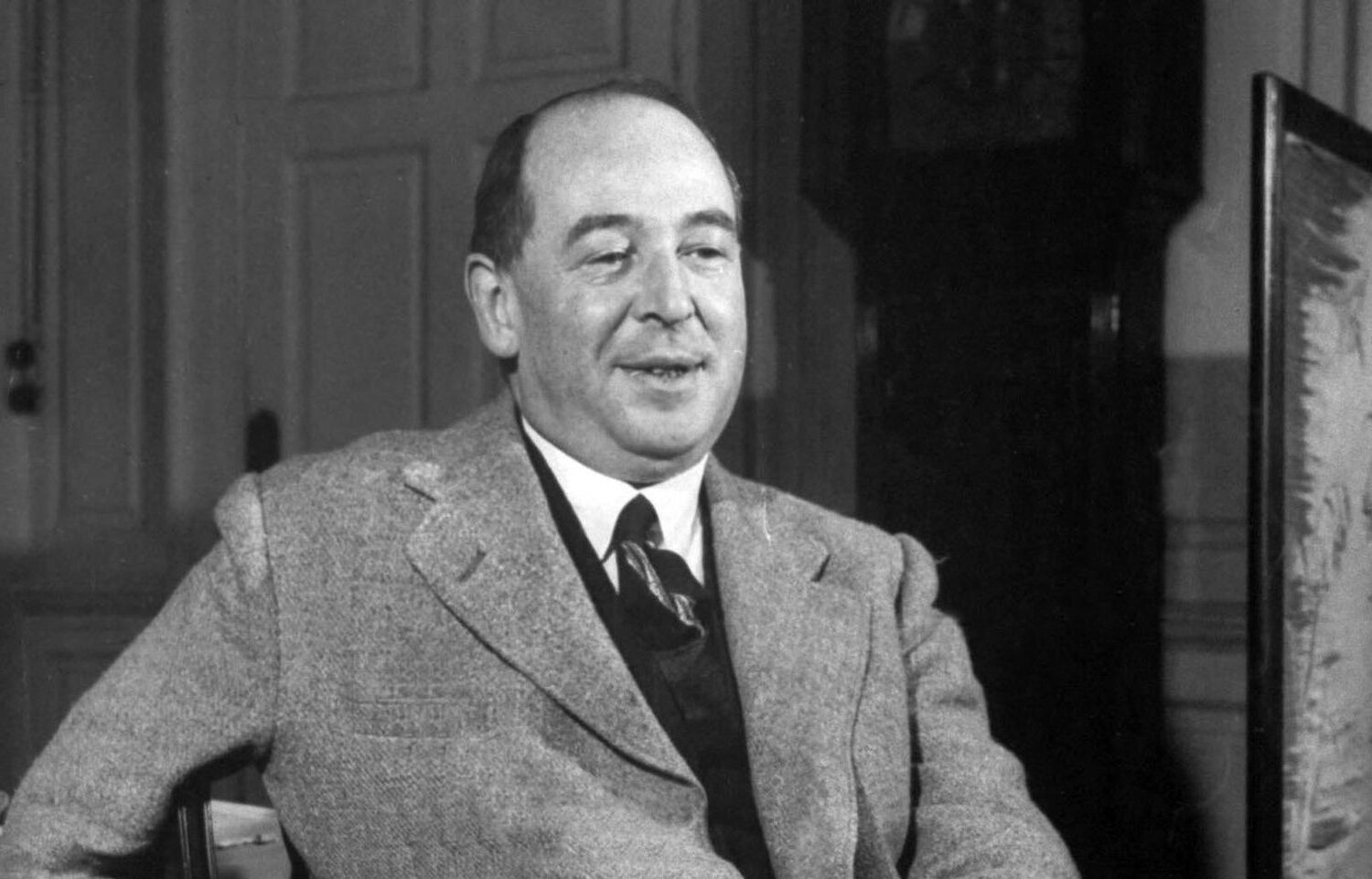
Crayola, the world-renowned brand known for its colorful art supplies, has been a beloved staple in households, classrooms, and art studios for decades. With their vibrant crayons, markers, and colored pencils, Crayola has sparked the creativity of millions around the globe. But there’s more to Crayola than meets the eye. Beyond their iconic products, Crayola has an interesting history and a collection of fascinating facts that many people may not be aware of. From the origins of the brand to the innovative techniques used in manufacturing, there’s a lot to discover about Crayola. In this article, we will explore 15 fascinating facts about Crayola, shedding light on the colorful world of this beloved brand.
Key Takeaways:
- Crayola has over 700 crayon colors, including a 15-foot-tall crayon in Pennsylvania, and they promote creativity and education for kids through their vibrant and safe art supplies.
- Crayola supports sustainability, has a crayon hall of fame, and even created special crayons for left-handed artists, showing their commitment to inclusivity and innovation in the art world.
The World’s Largest Crayon is in Pennsylvania.
Crayola, the famous manufacturer of coloring tools, proudly houses the world’s largest crayon in Easton, Pennsylvania. This larger-than-life crayon stands at a staggering 15 feet tall, weighs 1,500 pounds, and is a brilliant shade of blue. It serves as a testament to Crayola’s colorful legacy.
Crayola Promotes Creativity and Education.
Since its founding in 1903, Crayola has been dedicated to encouraging creativity and education in children. Their wide range of vibrant colors and innovative art supplies have inspired countless generations to express themselves through art.
Crayola Crayons Were Originally Sold in Boxes of 8.
When Crayola first introduced their iconic crayons, they came in a box of just 8 colors. Over the years, Crayola has expanded their color selection, and today they offer a whopping 120 different crayon colors to inspire imagination.
Crayola Retired Colors to Make Room for New Ones.
In order to keep their color collection fresh and exciting, Crayola has retired certain colors over the years. This allows for the introduction of new shades that reflect changing trends and preferences.
Crayola Has a Color Named Bluetiful.
In 2017, Crayola named a new shade of blue “Bluetiful” as the result of a global naming competition. This vibrant color joined the ranks of other iconic Crayola hues and continues to inspire creativity in young artists.
There Are Over 700 Crayola Crayon Colors in Total.
While only 120 colors are currently available for purchase, Crayola has actually created over 700 unique crayon colors throughout its history. These include limited editions, special releases, and custom colors created for specific purposes.
Crayola Uses Non-Toxic Formulas for Their Products.
Safety is a top priority for Crayola, and all of their crayons, markers, and other art supplies are made with non-toxic materials. This ensures that children can explore their creativity without any harmful effects.
Crayola Introduced the Built-in Sharpener in Their Crayon Boxes.
In 1958, Crayola revolutionized the crayon game by introducing built-in sharpeners in their crayon boxes. This innovation made it easier for artists to keep their crayons sharp and ready to create colorful masterpieces.
Crayola Crayons Have Unique Names.
One of the distinctive features of Crayola crayons is their creative and playful color names. From “Tickle Me Pink” to “Macaroni and Cheese,” these names add an extra layer of fun to the coloring experience.
Crayola Crayons Are Made with Soybean Oil.
Crayola crayons are made with a unique blend of waxes and pigments, including soybean oil. This innovative ingredient helps create a smooth and vibrant coloring experience for artists of all ages.
Crayola Has a Crayon Made Especially for Left-Handed Artists.
Recognizing the unique needs of left-handed artists, Crayola created a special crayon designed to be more comfortable and practical for their use. This thoughtful inclusion ensures that all artists can enjoy coloring without any limitations.
Crayola Has a Crayon Hall of Fame.
In recognition of the most iconic crayon colors, Crayola established a Crayon Hall of Fame. Colors that make it into this prestigious group receive special recognition and become a part of Crayola’s rich history.
Crayola Supports Sustainable Practices.
Crayola is committed to reducing its environmental impact. They have implemented sustainable practices throughout their manufacturing process, including recycling their own crayon production waste and using solar power.
Crayola Has Expanded Beyond Crayons.
While Crayola crayons are their most well-known product, the company has expanded its range to include markers, colored pencils, and various other art supplies. This allows artists to explore different mediums and express their creativity in diverse ways.
Crayola Crayons Have Been to Space.
In 1984, Crayola partnered with NASA to create a special box of crayons for the astronauts aboard the space shuttle Challenger. These crayons were modified for use in microgravity, allowing the astronauts to indulge their artistic side even in space.
Conclusion
In conclusion, Crayola is not just a brand of crayons, but a cultural icon that has been inspiring creativity and imagination for over a century. From its humble beginnings in 1903 to its extensive range of products today, Crayola continues to be a household name and a favorite among artists, young and old alike. The company’s commitment to innovation, safety, and sustainability has positioned it as a leader in the industry. Whether you’re coloring within the lines or pushing the boundaries of artistic expression, Crayola remains synonymous with colorful possibilities.
FAQs
Q: How many colors are there in the Crayola crayon collection?
A: Crayola offers a collection of 120 different crayon colors, ensuring there’s a shade to suit every creative project.
Q: Are Crayola crayons safe for children?
A: Yes, Crayola crayons are specifically designed with safety in mind. They undergo rigorous testing to meet or exceed all relevant safety standards.
Q: Can I use Crayola crayons on different surfaces?
A: While Crayola crayons are primarily intended for use on paper, they can also be used on other surfaces such as cardboard and fabric. However, results may vary, so it’s best to check the specific recommendations for each product.
Q: Are Crayola crayons washable?
A: Crayola offers a range of washable crayons, which can be easily removed from most fabrics and surfaces. However, it’s always a good idea to test a small area before applying the crayon to a larger surface.
Q: Can I mix different Crayola crayon colors to create new shades?
A: While blending different colors can create interesting effects, Crayola does not guarantee the longevity or stability of color mixtures. For consistent results, it’s recommended to use colors from the Crayola collection as intended.
Crayola's colorful history is just the beginning! For those curious about unique hues, our article on 20 rare colors you've never heard of will satisfy your curiosity. From the origins of these uncommon shades to their fascinating stories, prepare to be amazed by the vibrant world of color waiting to be explored.
Was this page helpful?
Our commitment to delivering trustworthy and engaging content is at the heart of what we do. Each fact on our site is contributed by real users like you, bringing a wealth of diverse insights and information. To ensure the highest standards of accuracy and reliability, our dedicated editors meticulously review each submission. This process guarantees that the facts we share are not only fascinating but also credible. Trust in our commitment to quality and authenticity as you explore and learn with us.


